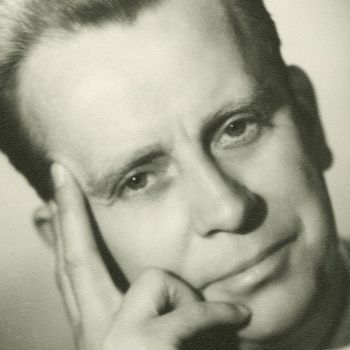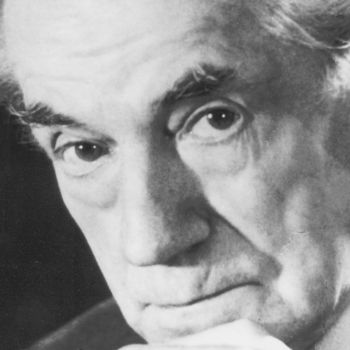Peter Sandloff
Other names: Boris, Peter Fedja (birth name)
composer
* in New York City
† in Berlin
Sandloff was a highly-talented scion of a musical family. Following his father’s early death when he was a small child, he moved to Germany with his mother, the actress and director Eva Fiebig. Although defamed in Nazi Germany as a “half-Jew”, Sandloff began professional studies in music in 1941. In 1945 he worked for a short period in the music department for Radio München, followed by musical assignments for diverse stages. In the early 1950s, Sandloff began composing countless musical scores for cinema and television films.
About the Estate
Sandloff often conducted the recordings of his musical compositions himself. The broad scope of his engagements is impressive, ranging from Hans Cürlis’ cultural films to entertainment productions, such as Harald Reinl’s ‘Im Stahlnetz des Dr. Mabuse’ (1961) and Wolfgang Schleif’s ‘Eheinstitut Aurora’ (1962). They also include Peter Pewas’ ambitious coming-of-age noir film ‘Viele kamen vorbei’ (1956, Bundesfilmpreis [German Film Award]) and the satire ‘Wir Kellerkinder’ with Wolfgang Neuss, brought to the screen in 1960 by director Wolfgang Bellenbaum (working under the name Jochen Wiedermann). Musical scores and/or magnetic sound tapes are preserved among the holdings for all of the works mentioned. Sandloff collaborated with the director Falk Harnack on a radio play (‘Androklus und der Löwe’, Hessischer Rundfunk (hr), 1972) and several television productions. Probably the most well-known among these was the adaptation of Hans Fallada’s novel, ‘Jeder stirbt für sich allein’ (1962), about anti-Nazi resistance – with its virtually physically embracing, evocative music.
The estate, a gift from Sandloff’s two daughters in 2019, is moderate in size. It nevertheless amply traces his oeuvre using “grey literature”, press reviews, and production documents such as musical scores, drafts and work-in-progress audio recordings. Writings on music theory and music education enrich it. Other biographic materials represent Sandloff’s private life, including his mother’s personal papers and those of his wife Ilse Friedrich [Sandloff], who first worked as a dancer and later ran a ballet school in West Berlin. (Text: Gerrit Thies)
Content
Paper documents, Photography, Sound recording, Sheet music
Dimension
approx. 4.8 Shelf meter
Inv. No.
201907
Credit LinePeter-Sandloff-Archiv, Deutsche Kinemathek


